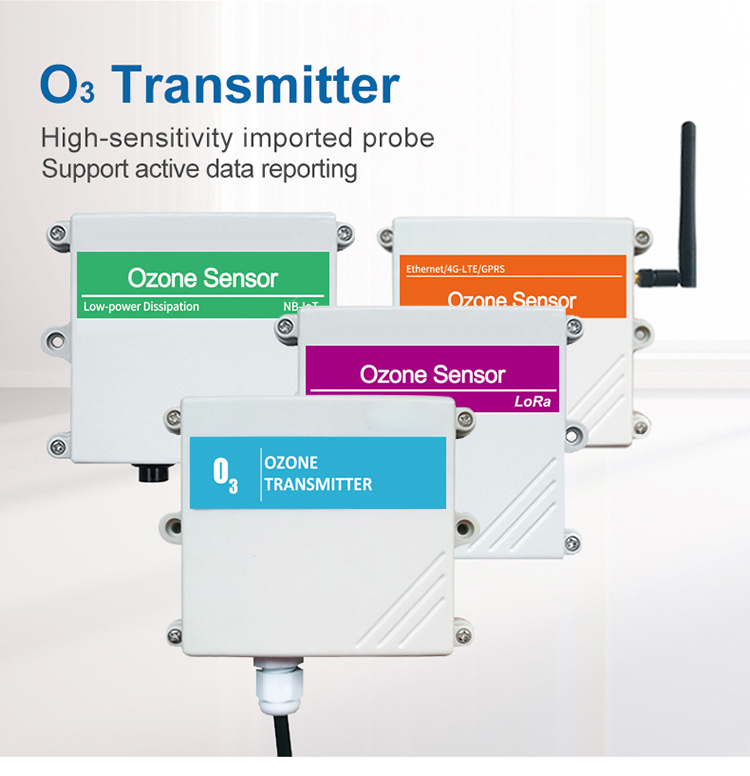ozone detectors
Ozone detectors are devices used to measure the concentration of ozone gas in the air. Ozone is a gas that is composed of three oxygen atoms and is naturally occurring in the earth’s atmosphere. However, ozone can also be produced by human activities, such as industrial processes, vehicle emissions, and even lightning. While ozone is beneficial in the upper atmosphere, it can be harmful to human health when present in high concentrations at ground level. Therefore, ozone detectors are important for monitoring ozone levels in the air and protecting public health.

Health Effects of Ozone Exposure
Exposure to high levels of ozone can cause a range of health effects, including respiratory problems, eye irritation, coughing, chest pain, and shortness of breath. Ozone can also aggravate existing health conditions, such as asthma, bronchitis, and emphysema. Long-term exposure to high levels of ozone can lead to permanent lung damage and reduce lung function. Children, the elderly, and individuals with pre-existing respiratory conditions are particularly vulnerable to the health effects of ozone exposure.
O3 Sensor-Ozone transmitter
Regulatory Standards for Ozone
In order to protect public health, regulatory agencies around the world have established standards for ozone levels in the air. In the United States, the Environmental Protection Agency (EPA) has set a National Ambient Air Quality Standard (NAAQS) for ozone. The current standard is 0.070 parts per million (ppm) averaged over an eight-hour period. The European Union has also established a limit value for ozone of 120 micrograms per cubic meter (μg/m3) averaged over an eight-hour period.
Importance of Ozone Detectors

Ozone detectors are important for monitoring ozone levels in the air and ensuring that regulatory standards are met. We can use this sensor in a variety of Settings, including industrial facilities, laboratories and homes. In industrial Settings, ozone detectors are used to monitor emissions from industrial processes and ensure that they are within prescribed limits. In the laboratory, ozone detectors are used to ensure that ozone-producing equipment is working properly and that workers are not exposed to high levels of ozone. In homes, ozone detectors can monitor ozone levels produced by air purifiers.
Types of Ozone Detectors
There are several types of ozone detectors available, including electrochemical sensors, ultraviolet (UV) photometers, and gas chromatography-mass spectrometry (GC-MS). Electrochemical sensors are the most commonly used type of ozone detector and are relatively inexpensive. They work by measuring the current produced when ozone reacts with an electrode. UV photometers use a UV lamp to measure the absorption of ozone at a specific wavelength. GC-MS is a more complex and expensive method that involves separating ozone from other gases and then analyzing it using mass spectrometry.
Conclusion
Ozone detector are important for protecting public health by monitoring ozone levels in the air. Exposure to high levels of ozone can cause a range of health effects, including respiratory problems, eye irritation, and chest pain. Regulatory agencies around the world have established standards for ozone levels in the air, and ozone detector are used to ensure that these standards are met. There are several types of ozone detector available, including electrochemical sensors, UV photometers, and GC-MS. Choosing the right type of ozone detector depends on the specific application and the required level of accuracy.